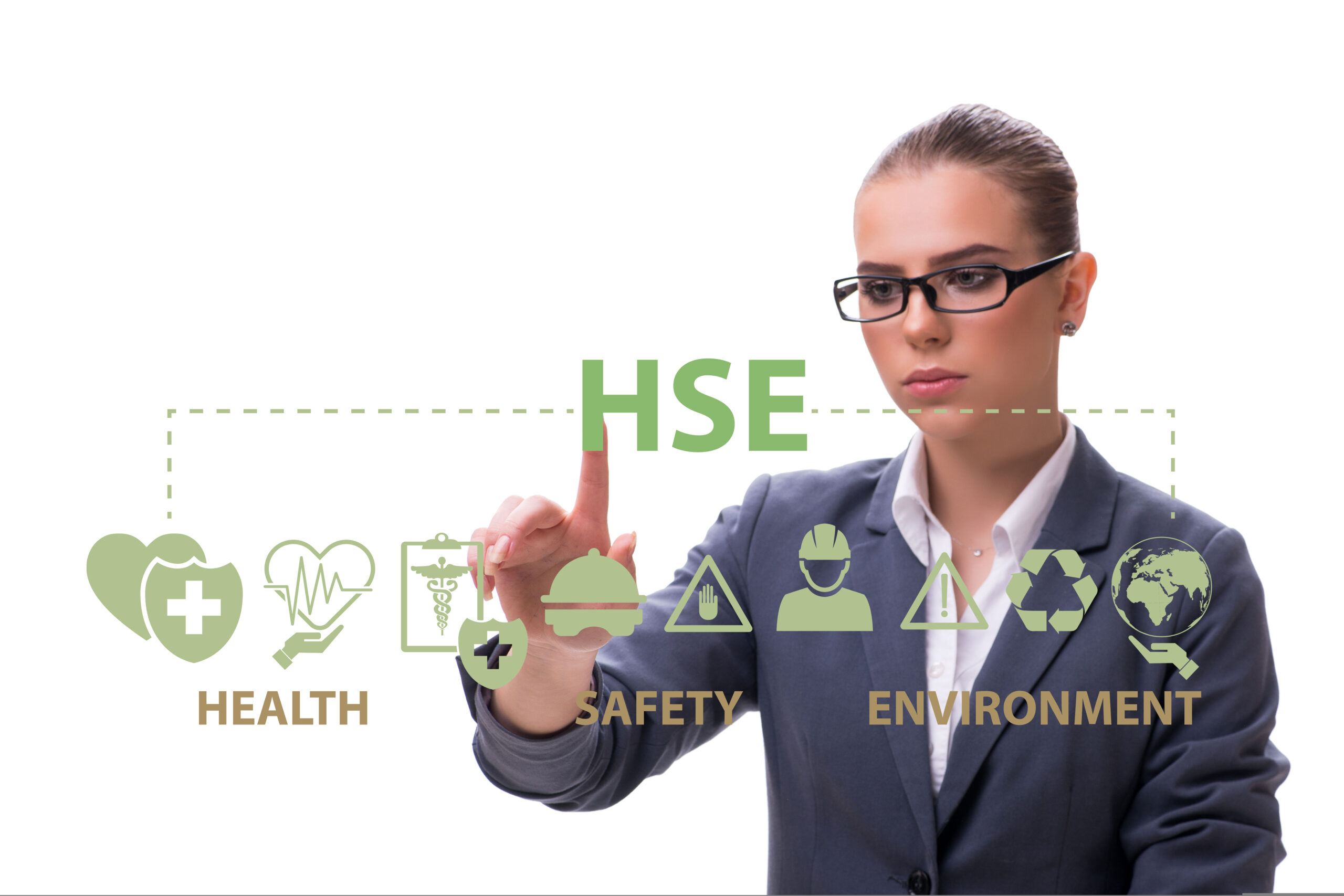Implementing safety and health software has become a necessity for businesses in today’s world. With an increase in workplace accidents and illnesses, companies have recognized the importance of creating a safe work environment for their employees. Safety and health software can assist companies in identifying potential hazards and implementing proactive safety measures to prevent accidents from occurring. This article, as the second in a series on the positive ROI for implementing safety and health software in businesses, will discuss the difficulties of complying with regulatory requirements and how software can assist with this process.
Safety software can help organizations reach compliance with regulatory requirements.
This typically contributes to a positive ROI as it means avoiding fines for noncompliance. When calculating ROI, whatever fees and fines an organization can reasonably anticipate having to pay without the aid of software should be added to the benefits and weighed against the cost (which would include the price of the software and time and hours used for implementation). The real value of this is clear when considering the rapid progression of EHS over the past 50 years. As an industry (that pervades and influences many others), EHS has grown extremely quickly. This advancement has taken place through the creation of continually shifting regulations. As the task of keeping up with the constantly updating and specific demands that pertain to one organization can be quite an undertaking, it has rightly been dubbed, “compliance burden.”
As with any forward progress, advancements in the realm of environmental health and safety have also been marked with periodic setbacks. With the growth and standardization of safety, safety controls and checklists have been introduced that are meant to cover many general aspects of EHS but may not specifically apply to the work being performed at an organization. For instance, there may be a locally or industry-accepted “10 Golden Rules” or “Top 10 Safety Essentials,” but on a given site, some or most of those rules may not apply. Instead of trying to create workarounds to try and bypass that need to confirm controls are in place (when they are not needed), safety and health software that connects companies with EHS professionals can be implemented to help in the process of determining what safety processes and regulations are relevant.
Additionally, health and safety software that compiles and exports data from a centralized source can enable better communication with regulators. This assists companies not only in meeting compliance deadlines but in clarifying requirements. When safety data can be easily shared with regulators, companies can communicate what processes are happening and receive feedback on whether that data is necessary for compliance. These conversations are extremely valuable, as when there is not a clear definition of applicable or expected regulation, it is common for organizations to adopt unnecessary practices with a “just in case” mindset.
While the successes of goal-based regulation make its development far preferable to a world without it, in the process of organizations attempting to simplify the meeting of safety targets and managing safety in accordance with individual strategies and tactics, the trend of creating “safety clutter” has been on the rise. Though the whole point of goal-based regulation was originally to make achieving safety more efficient, this has proved counterproductive for many businesses. This is due to the idea that now, on top of operating safely, the company must maintain a means of demonstrating that it is safe, contributing to the proliferation of “safety activities” with the primary purpose of demonstrating safety for auditors/outsiders and the secondary purpose of managing environmental, health, and safety. Thus, the fight against compliance burden comes on two fronts: narrowing down what changing laws and regulations apply to an organization and actively demonstrating that these are being followed. Safety and health software can simplify the processes of determining what is locally relevant and showing data that the necessary work is being done.
Robust health and safety software can help businesses identify and comply with relevant regulations and guidelines and create comprehensive documentation that demonstrates compliance. This can save organizations significant amounts of money in legal fees and penalties, as well as protect the organization’s reputation and credibility. By staying compliant with regulatory requirements, companies can avoid costly fines and legal liabilities and ensure the safety and well-being of their employees.
Author Bio

Abigail McKay
Abigail McKay leads SafetyStratus’ growing team of contributors as the Content Manager. Abigail has a Bachelor’s Degree in English and utilizes her education to communicate to the best of her ability the input from SafetyStratus’ team of safety professionals and technology experts. She has spent the last year building up the EHS knowledge resources available to SafetyStratus users and the wider community.



